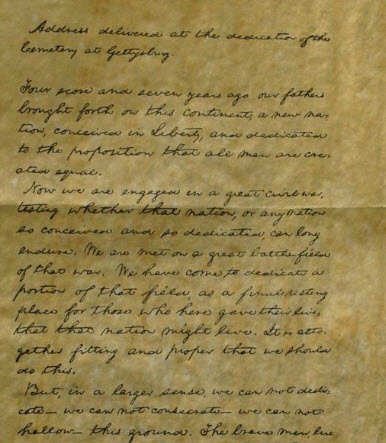What I Do for a Living.
When people ask me what I do for a living, as a brand planner I usually say “brand strategist.” When I see that quizzical look in their eyes, I babble on about writing “paper strategy” and creating an “organizing principle for product, experience and messaging.” Which doesn’t really change their expression. Moving forward I’m just going to say Brand Strategist which is kind of self-explanatory. (I used to say brand consultant, but that made me sound retired.)
The fact of the matter is I’m an advertising him/he/his.
The most expensive application of brand strategy is advertising. And good brand strategy, like a good, tight ad brief, is the creative artist’s best friend. No one sees a brand strategy — everyone see advertising. That’s where the money is. So realistically, I am an upstream advertising person.
When you have a smart, business-building brand strategy in place, every tactic produced can be judged. As on strategy or off. If it is on, you are putting deposits in the brand bank. If not, you’re wasting value promotional dollars. You may get a click. You may get a sale. But those are not long term sustainable. Think win battle, lose war.
I’m an ad guy who specializes in strategy. And I build foundations. There I go again…
Peace.









